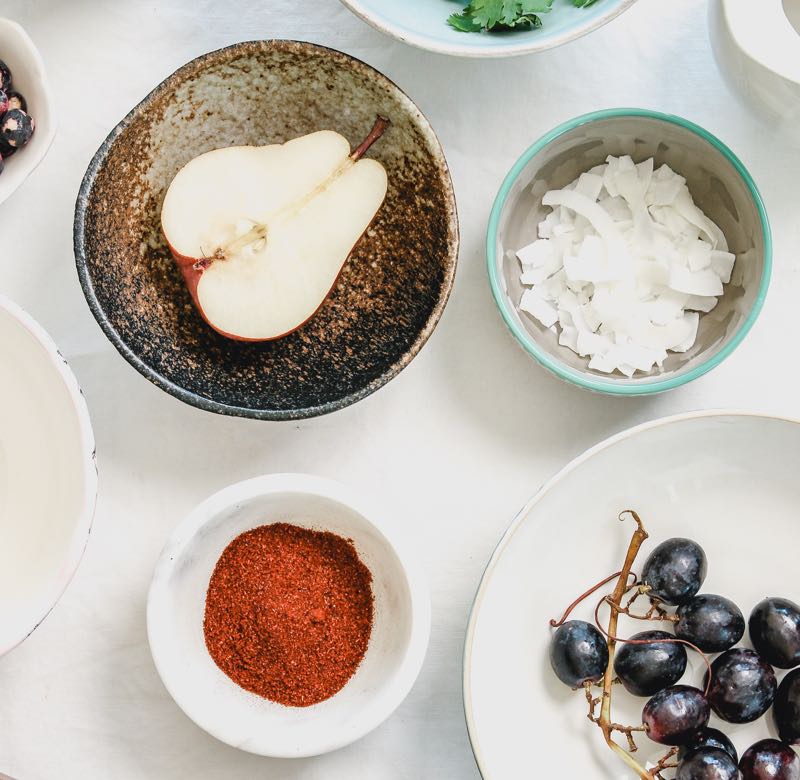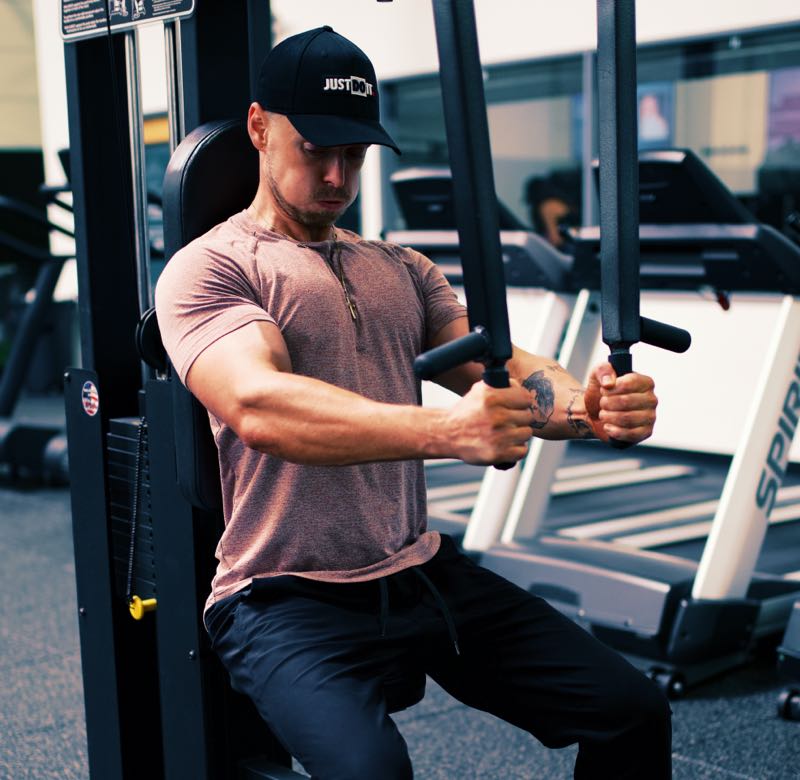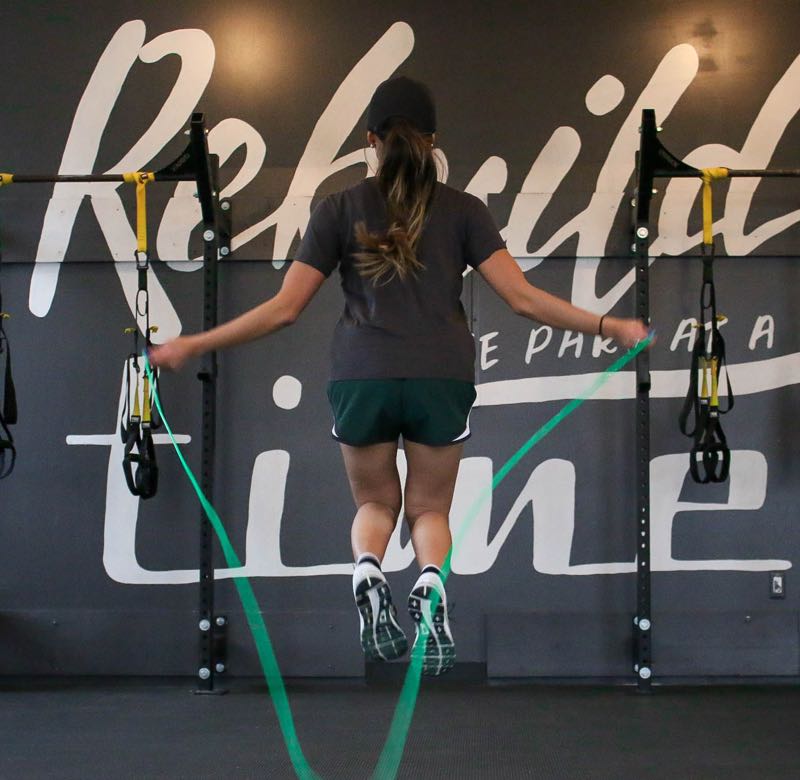
5 Tips to Build a Daily Movement Routine
You already know there are many great reasons to exercise—from improving energy, mood, sleep, and health to reducing anxiety, stress, and depression. And detailed exercise instructions and workout plans are just a click away. But if knowing how and why to exercise was enough, we’d all be in shape. Making exercise a habit takes more—you need the right mindset and a smart approach. Whatever your age or fitness level—even if you’ve never exercised a day in your life —there are steps you can take to make exercise less intimidating and painful and more fun and instinctive. Why a movement routine Whatever your age or fitness level – even if you’ve never exercised a day in your life – there are steps you can take to make exercise less intimidating and painful and more fun and instinctive. Research shows that self-compassion increases the likelihood that you’ll succeed in any given endeavor. So, don’t beat yourself up about your body, your current fitness level, or your supposed lack of willpower. All that will do is demotivate you. Instead, look at your past mistakes and unhealthy choices as opportunities to learn and grow. Check your expectations You didn’t get out of shape overnight, and you’re not going to instantly transform your body either. Expecting too much, too soon only leads to frustration. Try not to be discouraged by what you can’t accomplish or how far you have to go to reach your fitness goals. Instead of obsessing over results, focus on consistency. While the improvements in mood and energy levels may happen quickly, the physical payoff will come in time. Going for a quick walk is better than sitting on the couch; one minute of activity will help you lose more weight than no activity at all. That said, the current recommendations for most adults is to reach at least 150 minutes of moderate activity per week. You’ll get there by exercising for 30 minutes, 5 times a week. It’s okay to break things up. Two 15-minute workouts or three 10-minute workouts can be just as effective.. How to make exercise a habit that sticks There’s a reason so many New Year’s resolutions to get in shape crash and burn before February rolls around. And it’s not that you simply don’t have what it takes. Science shows us that there’s a right way to build habits that last. Follow these steps to make exercise one of them. If your workout is unpleasant or makes you feel clumsy or inept, you’re unlikely to stick with it. Don’t choose activities like running or lifting weights at the gym just because you think that’s what you should do. Instead, pick activities that fit your lifestyle, abilities, and taste. https://www.youtube.com/watch?v=TFO9hBtLVec&feature=emb_logo People who exercise regularly tend to do so because of the rewards it brings to their lives, such as more energy, better sleep, and a greater sense of well-being. However, these tend to be long-term rewards. When you’re starting an exercise program, it’s important to give yourself immediate rewards when you successfully complete a workout or reach a new fitness goal. Choose something you look forward to, but don’t allow yourself to do until after exercise. It can be something as simple as having a hot bath or a favorite cup of coffee. “ No matter how much you enjoy an exercise routine, you may find that you eventually lose interest in it. That’s the time to shake things up and try something new or alter the way you pursue the exercises that have worked so far. John Doe Tweet Get inspired. Read a health and fitness magazine or visit an exercise website and get inspired with photos of people being active. Sometimes reading about and looking at images of people who are healthy and fit can motivate you to move your body.



